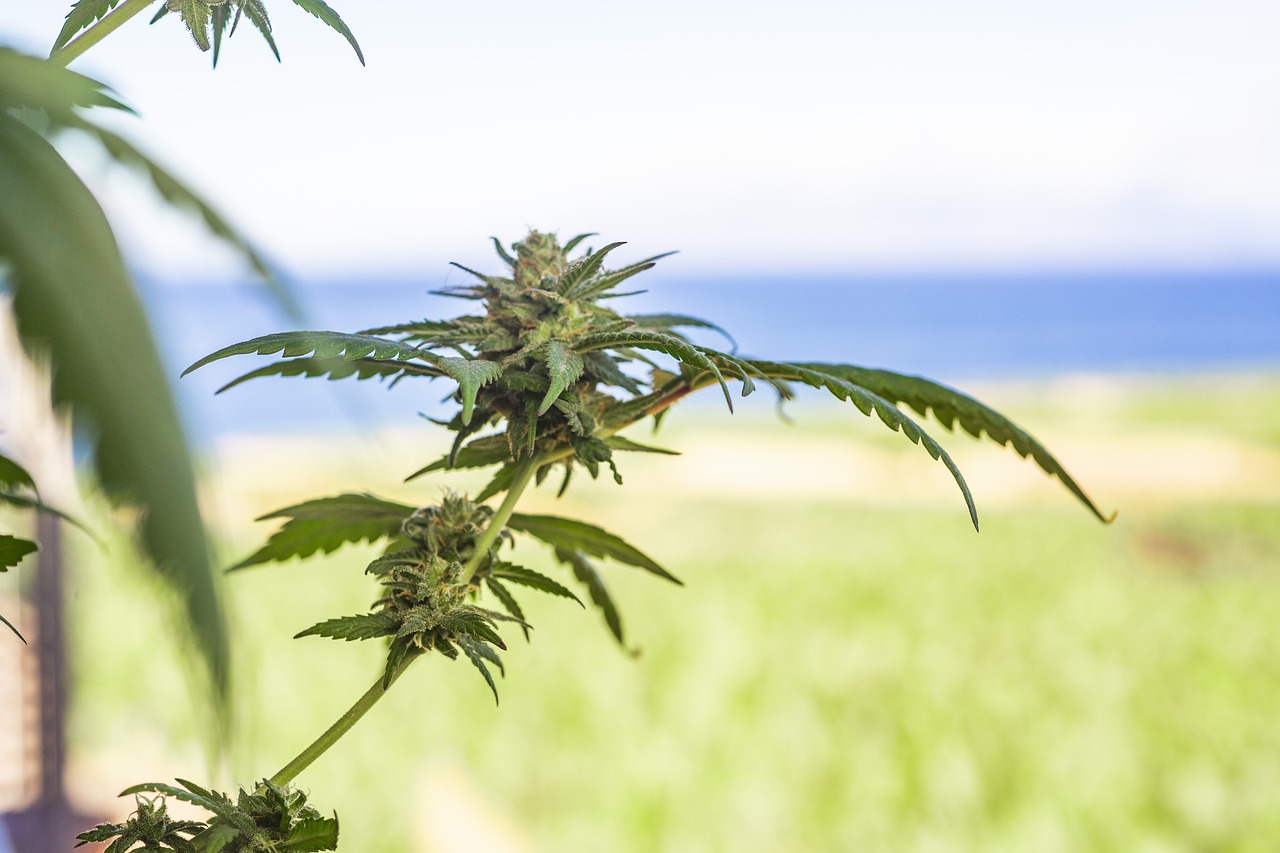In recent years, the cannabis industry has seen a surge in interest surrounding THCA flower production. As a non-psychoactive precursor to THC, THCA offers unique benefits and has become a focal point for cultivators and consumers alike. This article explores the intricacies of THCA flower production, providing insights into cultivation practices, market trends, and consumer preferences.
Understanding THCA: The Basics
THCA, or tetrahydrocannabinolic acid, is a cannabinoid found in raw cannabis plants. Unlike THC, THCA does not produce psychoactive effects when consumed. Instead, it offers potential therapeutic benefits, including anti-inflammatory and neuroprotective properties. As interest in cannabis for health and wellness grows, so does the demand for THCA flower in edibles.
The Cultivation Process
Producing high-quality THCA flowers requires meticulous attention to detail throughout the cultivation process. From selecting the right strains to optimizing growing conditions, each step plays a critical role in maximizing THCA content.
Strain Selection
Choosing the right cannabis strain is the first step in THCA flower production. Strains with high THCA potential are preferred, as they naturally produce more of this cannabinoid. Popular choices include:
- White Widow
- Blue Dream
- Girl Scout Cookies
These strains are known for their robust THCA profiles and are favored by cultivators aiming to produce potent flowers.
Growing Conditions
Optimal growing conditions are essential for maximizing THCA production. Factors such as light, temperature, humidity, and soil quality must be carefully controlled. Indoor cultivation allows for precise environmental management, which can lead to higher THCA yields.
Harvesting Techniques
The timing of the harvest significantly impacts the THCA content of the flowers. Harvesting too early or too late can result in lower cannabinoid levels. Growers often use magnifying tools to examine trichomes, ensuring they harvest at the peak of THCA production.
Processing and Preservation
Once harvested, the flowers must be processed and preserved to maintain their THCA content. This involves drying, curing, and storing the flowers under specific conditions to prevent degradation.
Drying and Curing
Proper drying and curing are vital for preserving THCA. The drying process should be slow and controlled, allowing moisture to evaporate without damaging the cannabinoids. Curing further enhances the flower’s potency and flavor by allowing chemical processes to stabilize the THCA content.
Storage
Storage conditions can affect the longevity and quality of THCA flowers. They should be kept in a cool, dark place with minimal exposure to air and light. Vacuum-sealed containers or glass jars with airtight lids are recommended to maintain freshness.
Market Trends and Consumer Preferences
The market for THCA flowers is expanding as consumers seek non-psychoactive cannabis options. This trend is driven by a growing awareness of the potential health benefits of THCA and a desire for alternative wellness products.
Consumer Demographics
THCA products appeal to a diverse range of consumers, including those interested in natural remedies and individuals seeking relief from inflammation or pain without the psychoactive effects of THC. This broad appeal has contributed to the increasing popularity of THCA flowers.
Product Innovation
Innovation in THCA products is on the rise, with companies developing new ways to incorporate this cannabinoid into their offerings. From tinctures and topicals to edibles and beverages, the versatility of THCA is being explored across various product categories.
Case Studies: Successful THCA Flower Producers
Several companies have emerged as leaders in THCA flower production, setting benchmarks for quality and innovation. These case studies highlight their approaches and achievements.
Case Study 1: Green Thumb Industries
Green Thumb Industries has made significant strides in THCA flower production by focusing on sustainable cultivation practices. Their commitment to organic farming and advanced technology has resulted in high-quality products that resonate with environmentally conscious consumers.
Case Study 2: Cresco Labs
Cresco Labs has gained recognition for its research-driven approach to THCA cultivation. By investing in scientific studies and collaborating with experts, they have developed strains with enhanced THCA flower in edibles, catering to the growing demand for potent, non-psychoactive cannabis products.
Challenges and Future Prospects
Despite the promising outlook, THCA flower production faces challenges, including regulatory hurdles and market competition. Navigating these obstacles requires adaptability and innovation from producers.
Regulatory Landscape
The legal status of THCA varies across regions, impacting production and distribution. Producers must stay informed about changing regulations to remain compliant and capitalize on market opportunities.
Competitive Market
The increasing number of players in the THCA market intensifies competition. Companies must differentiate themselves through quality, branding, and customer engagement to succeed in this dynamic environment.
Conclusion
THCA flower production represents a burgeoning segment of the cannabis industry, driven by consumer interest in non-psychoactive cannabinoids. By understanding the cultivation process, market trends, and challenges, producers can position themselves for success in this evolving market. As research continues to uncover the potential benefits of THCA, its role in the cannabis landscape is poised to grow, offering exciting opportunities for innovation and growth.
